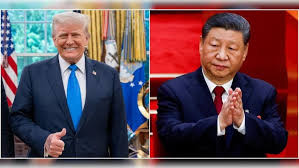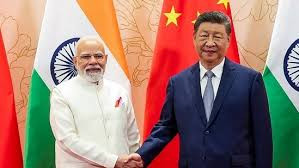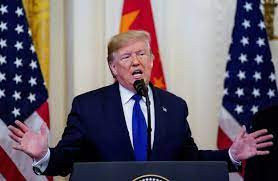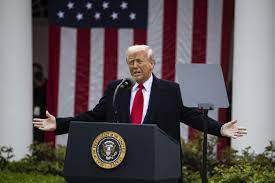U.S. and China Agree to 90-Day Tariff Reduction, Easing Trade Tensions

IIE DIGITAL DESK : The significant development aimed at de-escalating ongoing trade tensions, the United States and China have agreed to a temporary reduction in tariffs, effective for 90 days. This agreement, announced on May 12, 2025, follows high-level negotiations in Geneva between U.S. Treasury Secretary Scott Bessent and Chinese Vice-Premier He Lifeng .
Under the terms of the deal, the U.S. will lower tariffs on Chinese goods from as high as 145% to 30%, while China will reduce its tariffs on American imports from 125% to 10% . This mutual concession aims to provide a window for further negotiations and to prevent a full-scale economic decoupling between the world's two largest economies .
The announcement has been met with cautious optimism from global markets. Major stock indices, including the S&P 500, have rebounded, reflecting investor relief over the easing of trade hostilities . Exporters, particularly those in manufacturing sectors, have expressed hope that the tariff reductions will restore some stability to international trade flows .
However, analysts warn that the agreement is a temporary measure and that underlying issues remain unresolved. The 90-day period is intended to facilitate further discussions on more comprehensive trade agreements, but there is skepticism about the likelihood of achieving lasting solutions within this timeframe .
Both governments have framed the deal differently. The U.S. administration has portrayed it as a significant step toward fairer trade practices, while Chinese officials have referred to it as a consensus to pause escalating tensions . This divergence in narratives underscores the complexities involved in U.S.-China trade relations.
As the 90-day period progresses, businesses and investors will closely monitor the situation, hoping for a more permanent resolution to the trade disputes that have impacted global economic stability. The coming weeks will be critical in determining whether this temporary truce can lead to a more enduring agreement.
You might also like!















